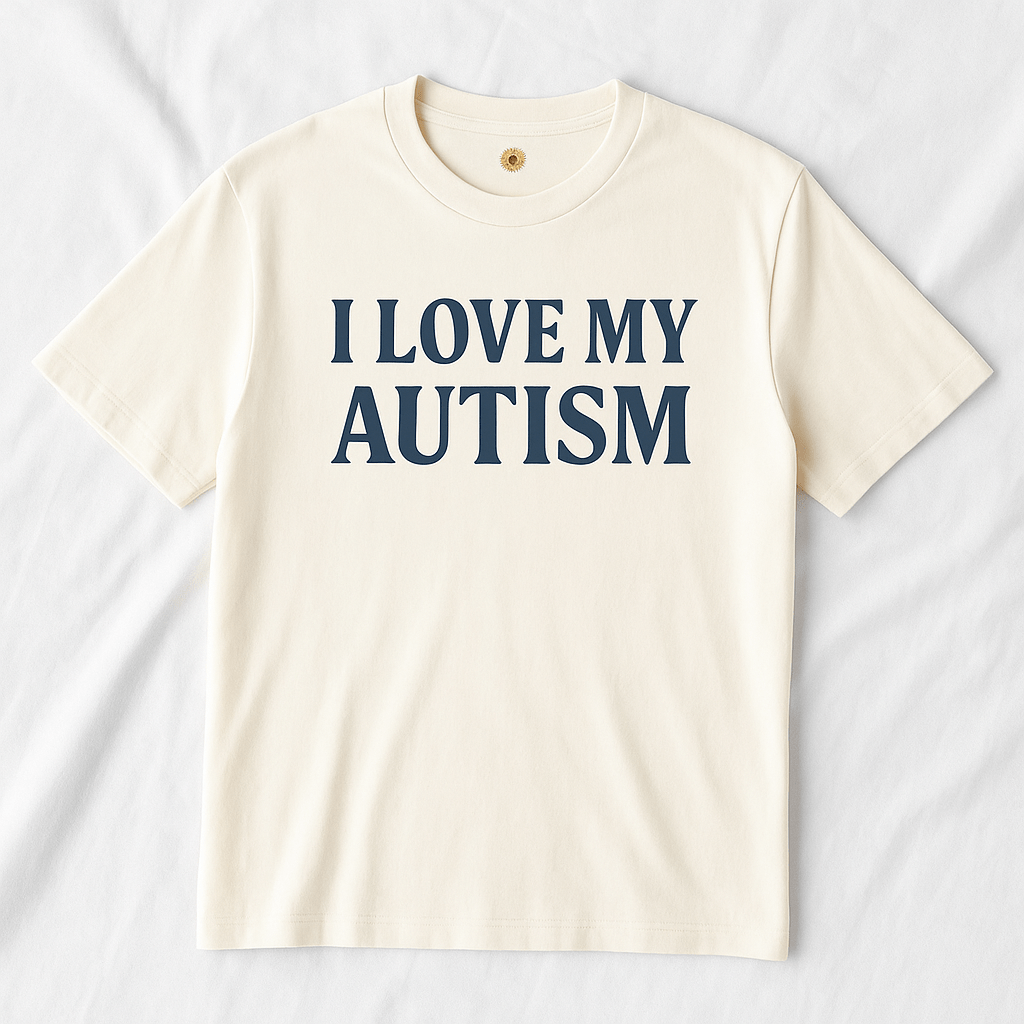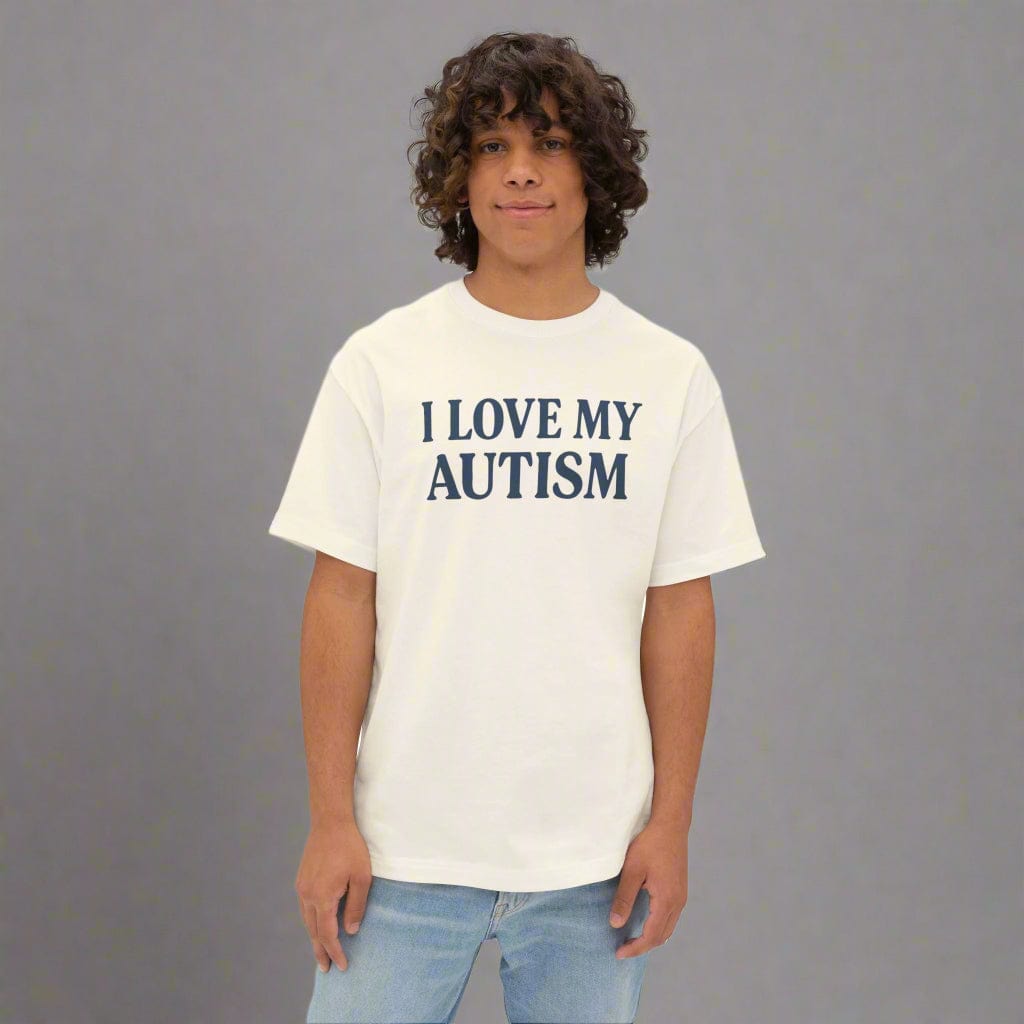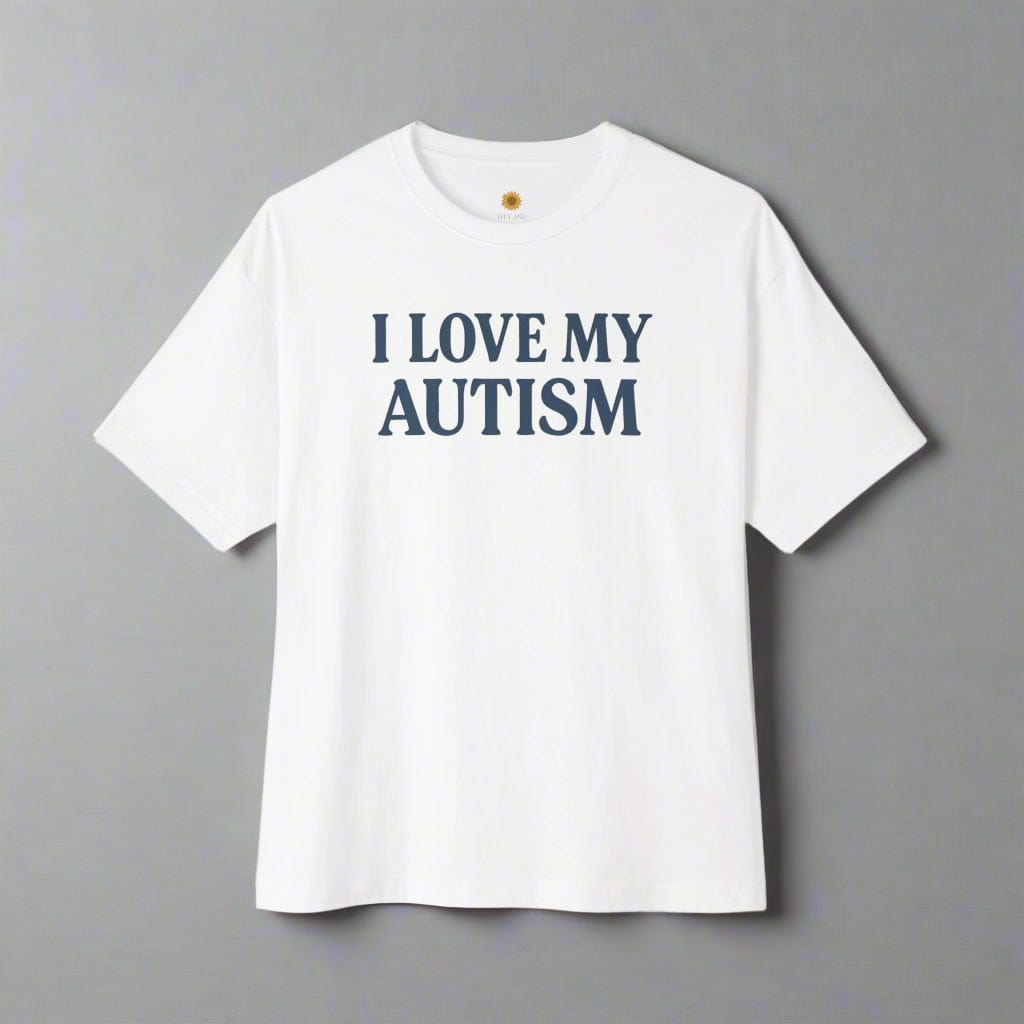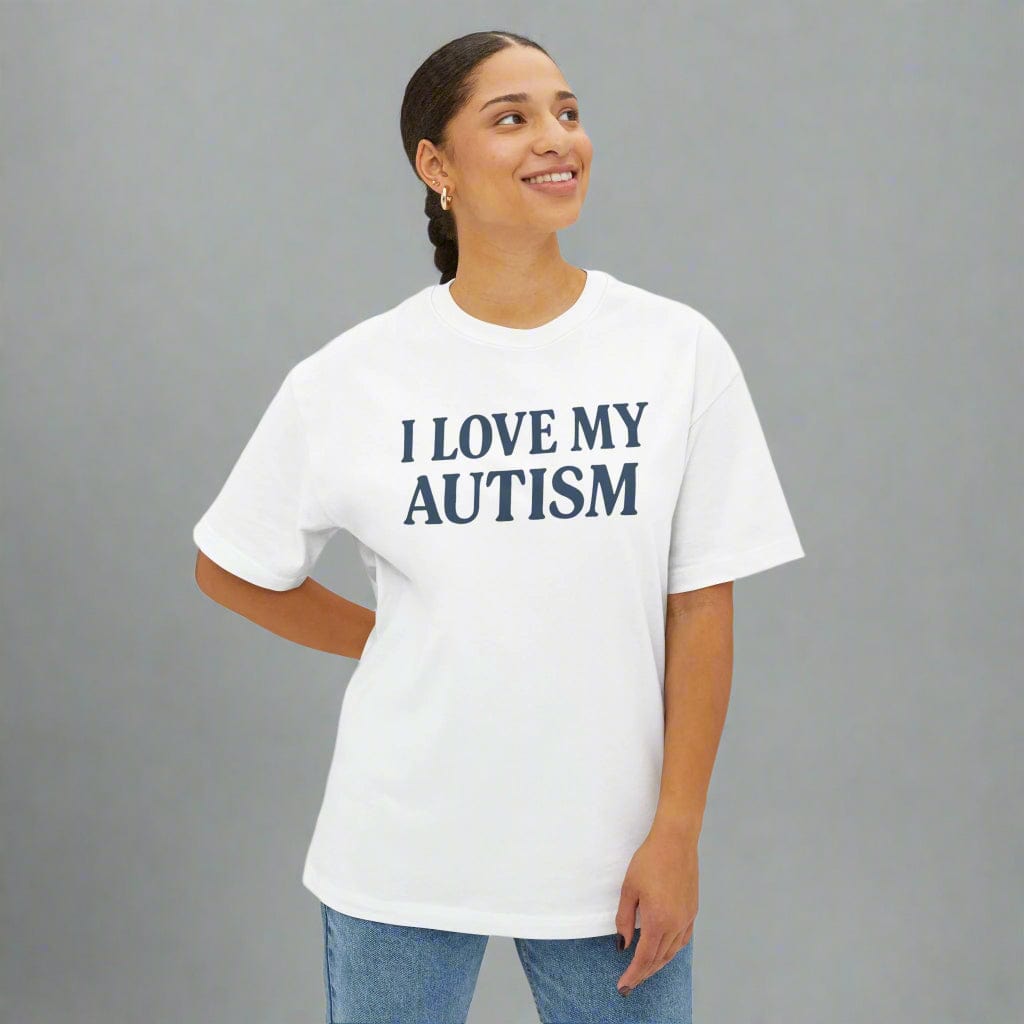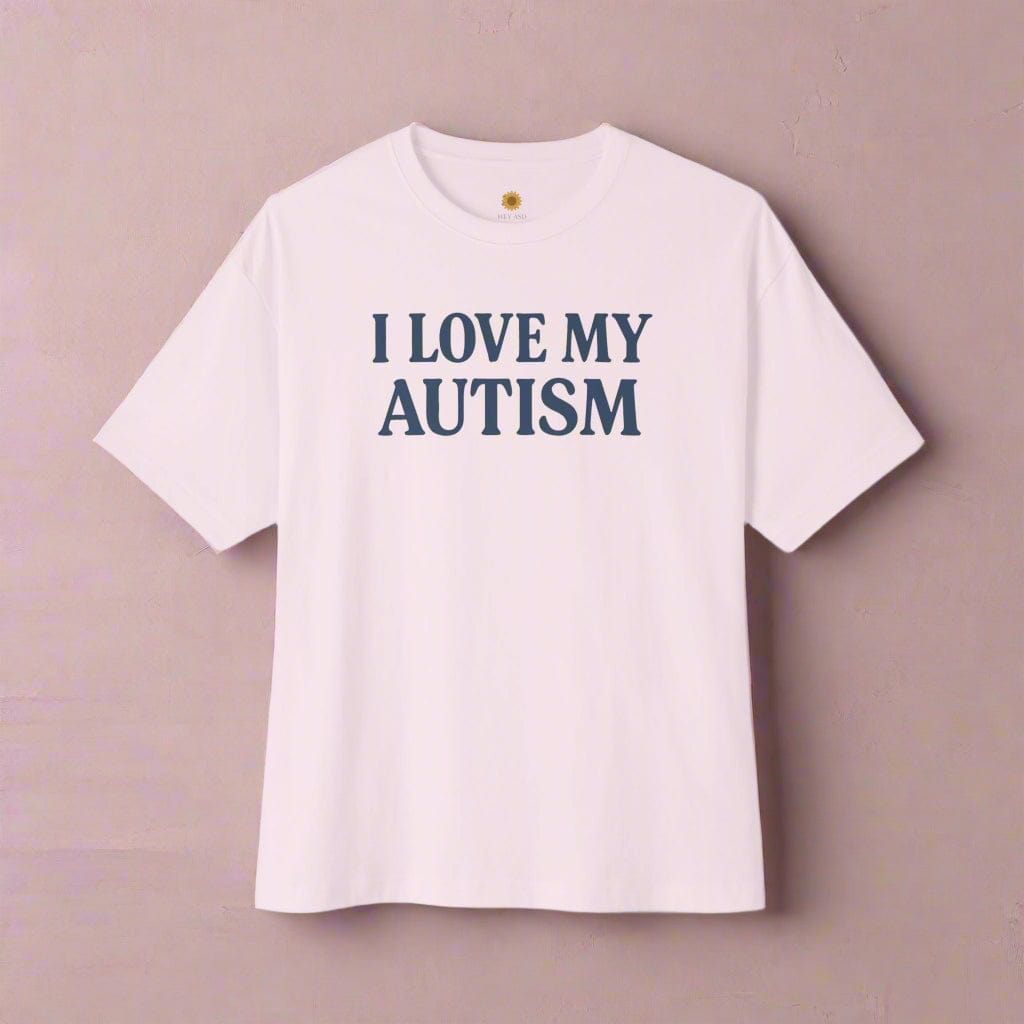Autism Research Methods: Centering Ethics, Inclusion, and Autistic Voices

Written by the HeyASD Editorial Team
Autism research methods shape more than studies, they shape lives. For decades, most autism research focused heavily on biology, neurology, and genetics. But this narrow lens often came at the expense of understanding autistic people as people: individuals with thoughts, agency, and lived experiences that matter.
Today, a new wave of autism researchers is emerging. One that puts ethics, inclusion, and the voices of autistic individuals at the heart of the research process. This article explores the evolving landscape of autism research methods, the importance of participatory research practices, and how we can build a more human, respectful, and community-aligned future for scientific discovery.
Why Autism Research Ethics Matter
Autistic individuals are not just subjects of study — we are co-researchers, co-creators, and stakeholders in conducting research studies that directly impact our lives. Ethical autism research methods ensure:
- Informed consent is meaningful and ongoing, not just a formality.
- Confidentiality and privacy are protected at every stage of the research process.
- Participation is voluntary, accessible, and affirming for diverse autistic populations.
“Too often, autism research has focused on what we lack — not what we live. Ethical methods remind us that research should serve, not silence, autistic communities.”
Ethical standards also include beneficence and non-maleficence — ensuring that autistic participants are not only protected but respected.
Historical Focus: A Call for Change
For decades, most autism research has prioritized biological models — brain scans, genetics, and behavioral interventions. While valid, this often excluded:
- Autistic voices and experiences
- Community-defined research priorities
- Practical supports that improve everyday quality of life
Autism research funding has largely favored basic science. A shift is needed toward socially impactful, community-aligned studies that serve the full spectrum of autistic people and autism.
Key Considerations in Autism Research Methods
Inclusive Research Practices
Inclusive research doesn’t just include autistic people — it is co-created with us. True participatory research practices mean:
- Co-designing research questions and methodology
- Employing autistic researchers as collaborators
- Honoring lived experience as valid data
- Challenging ableist assumptions in traditional research practices
“Participatory autism research helps dismantle outdated models and uplifts the reality of our lives, not just theories about them.”
Mixed Method Studies
Autism spectrum research benefits from a mixed method study approach — blending qualitative interviews with quantitative metrics. This approach helps:
- Capture rich, personal insights and broad trends
- Make research findings more human-centered
- Inform future interventions that reflect actual needs
Recruitment and Representation
Autism research methods must address representation gaps. Too often, autistic adults, non-speaking individuals, or BIPOC communities are left out. Equity in recruitment means:
- Accessible study design (plain language, AAC)
- Fair compensation for time and input
- Oversampling underrepresented groups where possible
Ethics in Practice: What That Looks Like
Informed Consent as Ongoing Dialogue
Informed consent must be relational — revisited throughout the study. It involves clear explanations, visuals, plain language, and respect for autonomy.
Community Engagement
The autism community should be included in every phase of the research programme, not just as participants but as leaders. Researchers must:
- Partner with autistic-led groups
- Share results in accessible formats
- Involve families, caregivers, and allies ethically
“Autism research without autistic people is not research — it’s surveillance.”
From Ethics to Impact: Research That Makes a Difference
Research outcomes must go beyond journal citations. We need findings that lead to:
- Sensory-friendly work and living spaces
- More effective mental health care
- Community support networks
- Improved quality of life for autistic individuals
The Role of Ethics Committees and Review Boards
Ethics review boards must hold space for community-led values. They should:
- Include autistic participation in review panels
- Ensure inclusive research practices
- Challenge the use of stigmatizing language or outdated models
Quality of Life as a Research Priority
Ethical autism research methods must shift focus from "fixing" autistic people to fostering thriving lives. This means:
- Centering autistic-defined success metrics
- Prioritizing joy, agency, and community connection
- Researching supports, not just symptoms
“The most meaningful research is not about us — it's with us, for us, and by us.”
Using AASPIRE and Other Guidelines
The AASPIRE Practice-Based Guidelines set a standard for respectful, co-produced research. They promote:
- Collaborative decision-making
- Accessibility at every stage
- Transparent and inclusive research practices
The Future of Autism Research Methods
To move forward, we need to:
- Fund participatory research methods and support autistic researchers
- Explore the researcher's constructions of autistic people and their impacts
- Prioritize impact-driven studies over academic prestige
Conclusion
Autism research methods are evolving. The path forward is rooted in collaboration, care, and curiosity — not control. The most impactful studies are those that:
- Elevate the voices of autistic individuals
- Promote dignity and agency
- Generate real-world solutions
“The goal isn’t to cure autism — it’s to cure injustice, invisibility, and exclusion in research itself.”
Frequently Asked Questions
What are autism research methods?
They are the tools, designs, and ethical frameworks used to conduct studies related to autism spectrum disorder, including qualitative, quantitative, and mixed method study approaches.
Why is ethics important in autism research?
Because autistic participants deserve safety, autonomy, and respect. Ethics guard against exploitation and promote dignity.
What is participatory autism research?
Research co-designed and co-led by autistic people. It centers community needs and lived experience.
How can autism research be more inclusive?
By including BIPOC, non-speaking, LGBTQIA+, and late-diagnosed voices. Also: offer plain language, visual tools, and fair compensation.
What are current issues in autism research?
Too much focus on biology, too little on well-being. Lack of autistic participation and inclusive research remain big gaps.
What is a mixed method study?
Combining interviews, surveys, observation, and statistical data to create a fuller picture of autistic life and support needs.
What are the AASPIRE guidelines?
Community-built research ethics that promote inclusion, accessibility, and respect. Endorsed by many in the autism community.
How does research funding affect autism research?
It shapes priorities. When funding favors medical models, other needs get ignored. We need more support for community-focused research.
What role do ethics boards play?
They ensure research is safe and ethical — especially for vulnerable groups. They must include community voices to be truly effective.
Why should autistic people conduct research?
Because we bring lived experience, critical insight, and accountability. Our voices help shape research that actually helps us.
On This Page
Frequently asked questions
What are the key ethical principles that guide autism research to protect participants?
How can researchers ensure informed consent is truly understood and voluntary for autistic individuals?
Why is it important to include diverse and underrepresented groups in autism research?
How do ethics review boards contribute to maintaining ethical standards in autism studies?
What types of sensory-friendly products can support comfort and well-being for autistic individuals during research or daily life?
How can families and autistic individuals get involved in autism community engagement and research collaboration?
What are some practical sensory-friendly living tips that can help create supportive environments at home or school?
How do disability support guidelines influence ethical practices in autism research and care?
In what ways can Autism-themed decor or calming tools enhance a welcoming and inclusive space for autistic people?

About the HeyASD Editorial Team
Autistic‑owned • Values‑led • Sensory‑friendly design
We are autistic creators, writers, and advocates dedicated to producing resources that are practical, sensory-aware, and grounded in lived experience. Our mission is to make information and products that support the autistic community accessible to everyone, without jargon or condescension. Learn more about our team.
This article is written from lived autistic experience and an evidence-aware perspective. It is for general informational purposes only and should not be taken as medical, legal or therapeutic advice.
Always consult a qualified clinician or occupational therapist for individual needs and circumstances.

About Our Autism Blog
HeyASD isn’t just a store, it’s a calm, supportive space created by and for autistic adults. Our blog shares sensory-friendly tips, identity-affirming stories, and heartfelt resources for navigating life as an autistic person. Whether you're late-diagnosed, exploring your needs, or supporting someone you love, you're welcome here.
Thank you for reading. We hope these resources bring comfort and clarity.






























